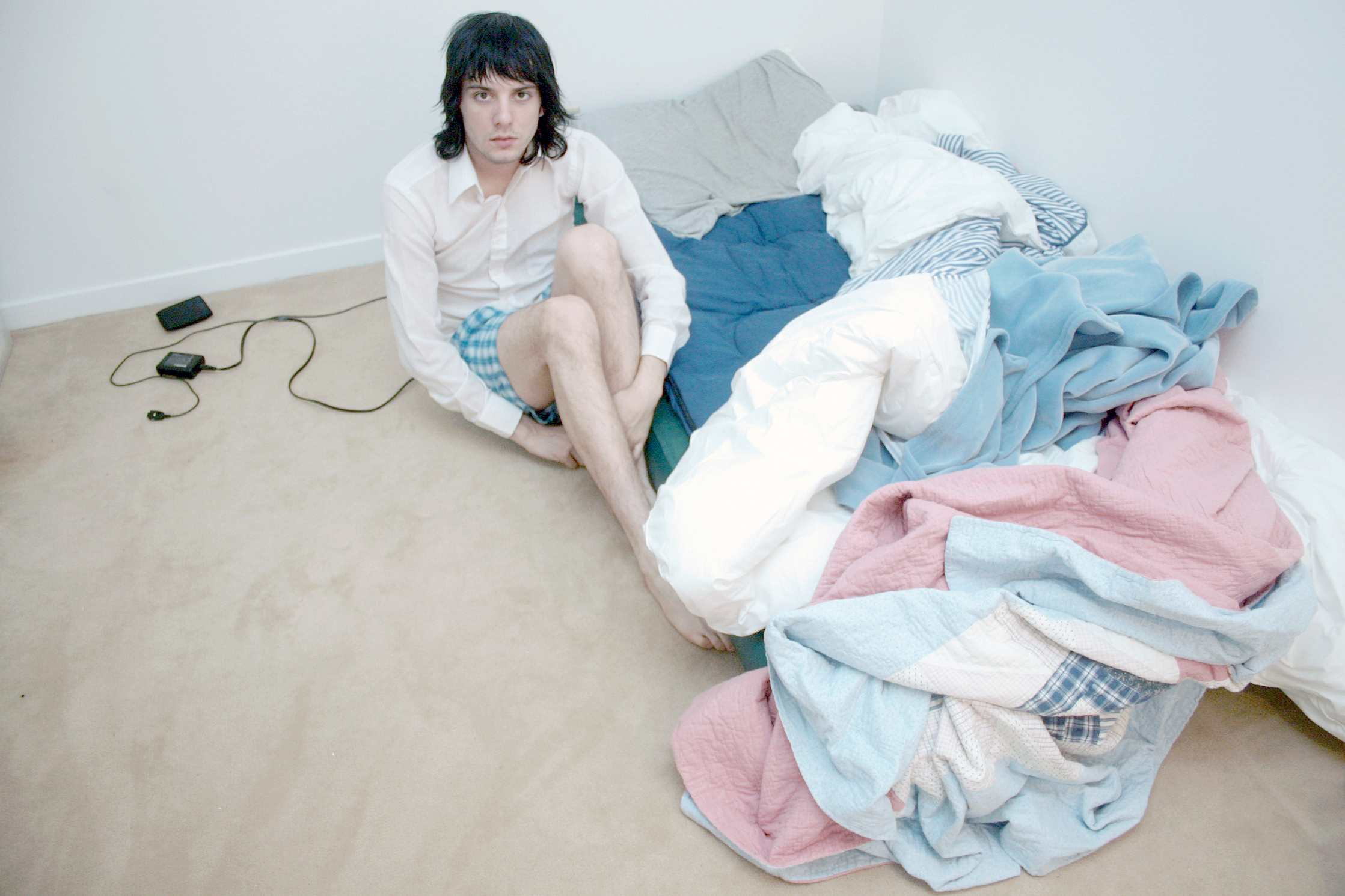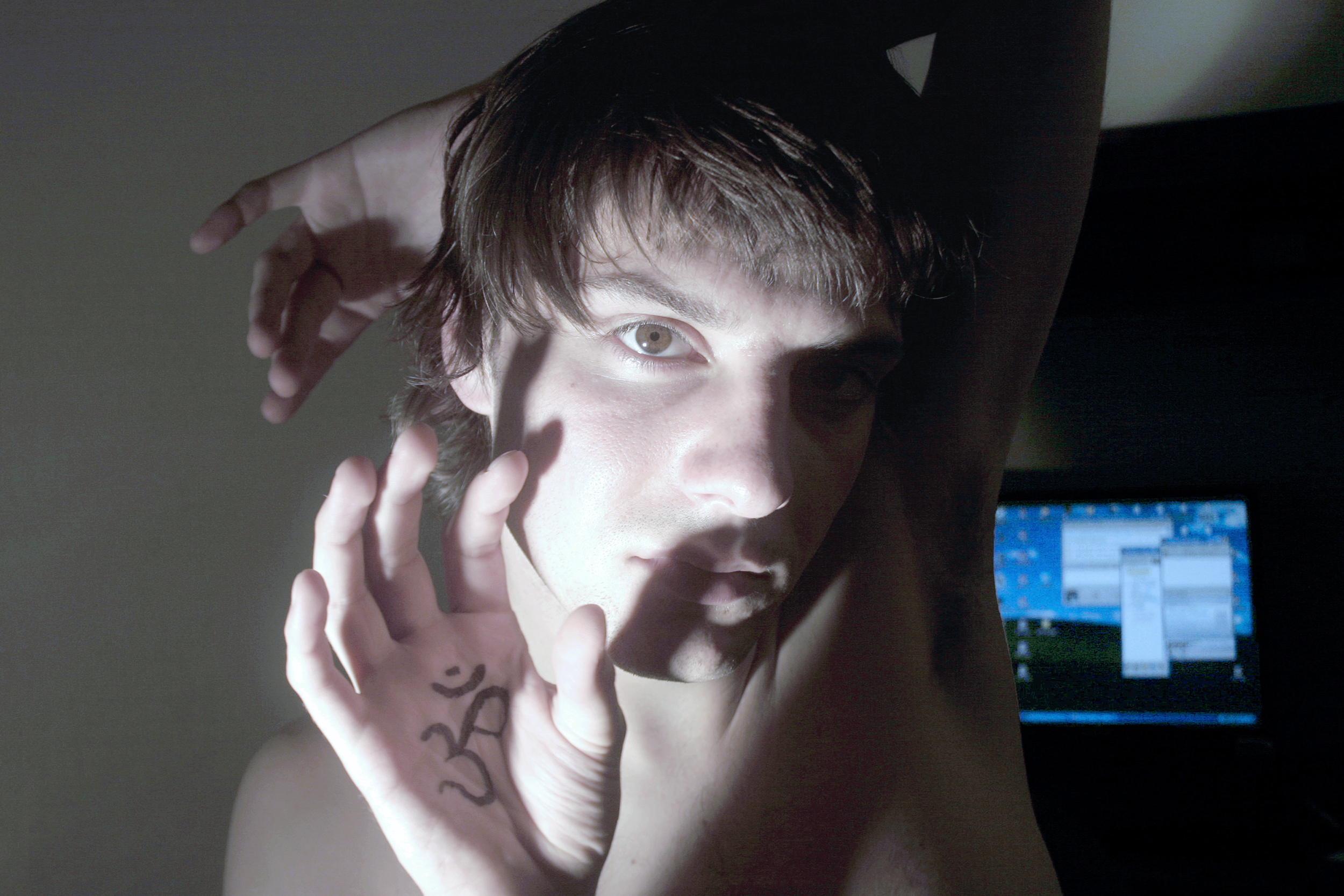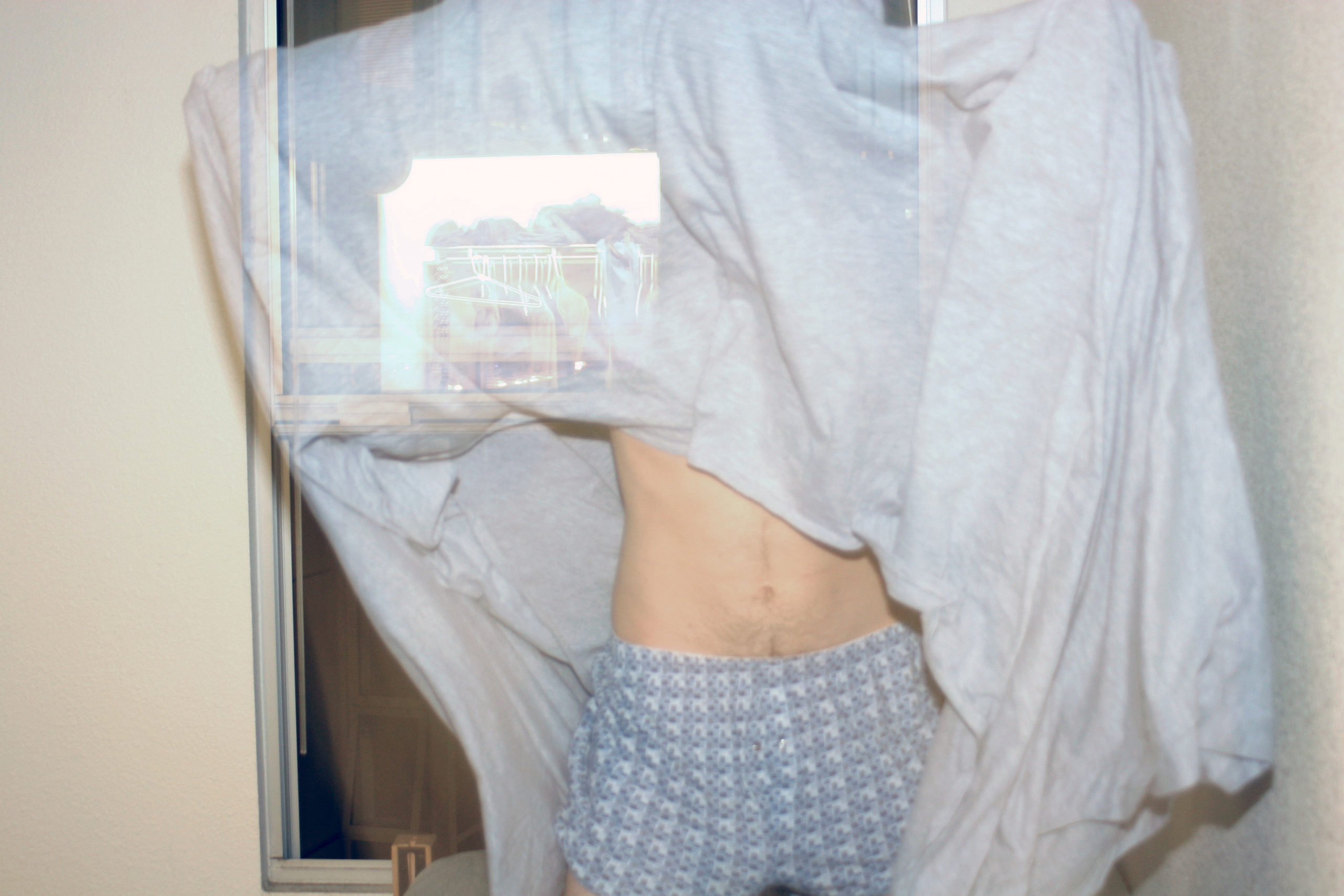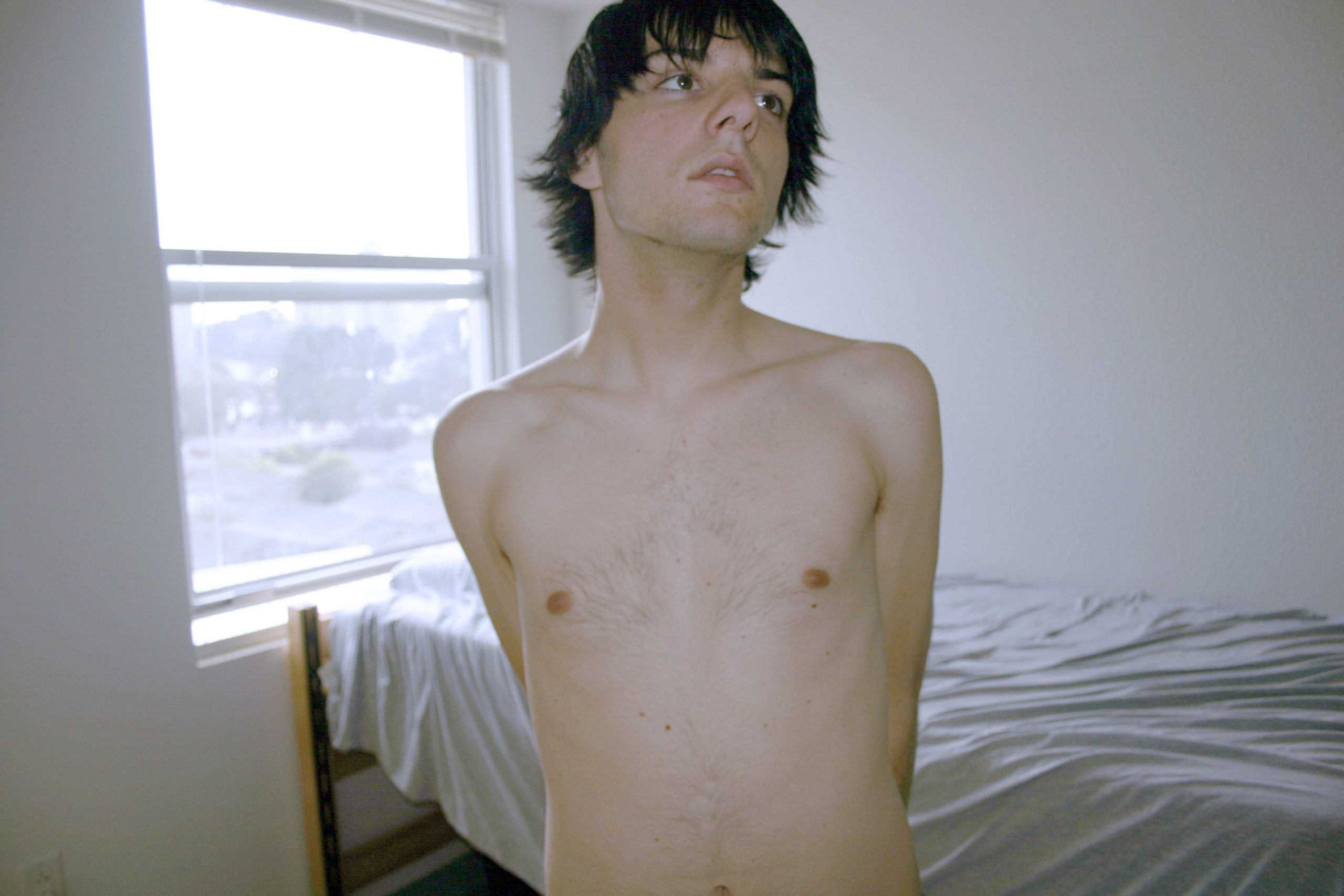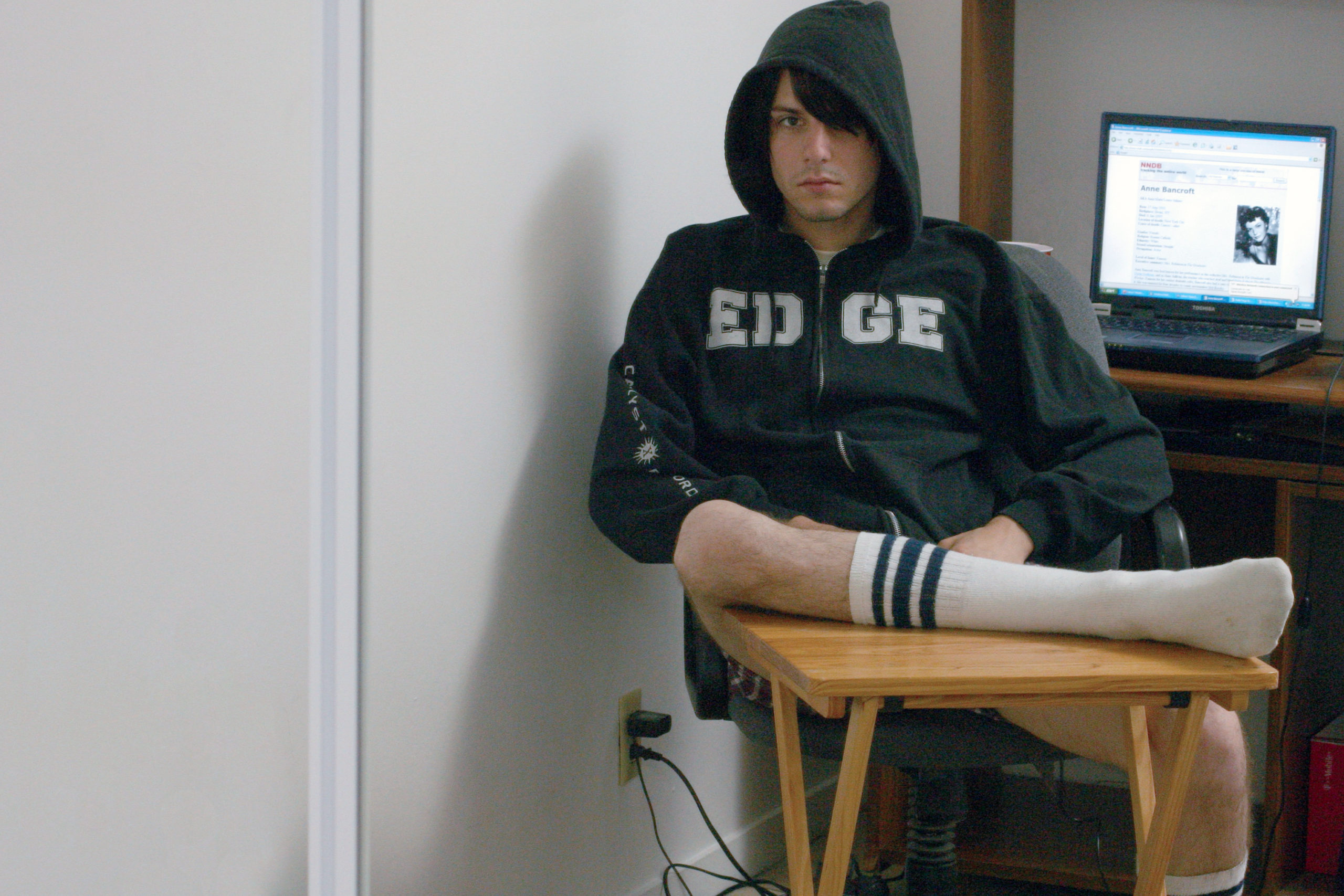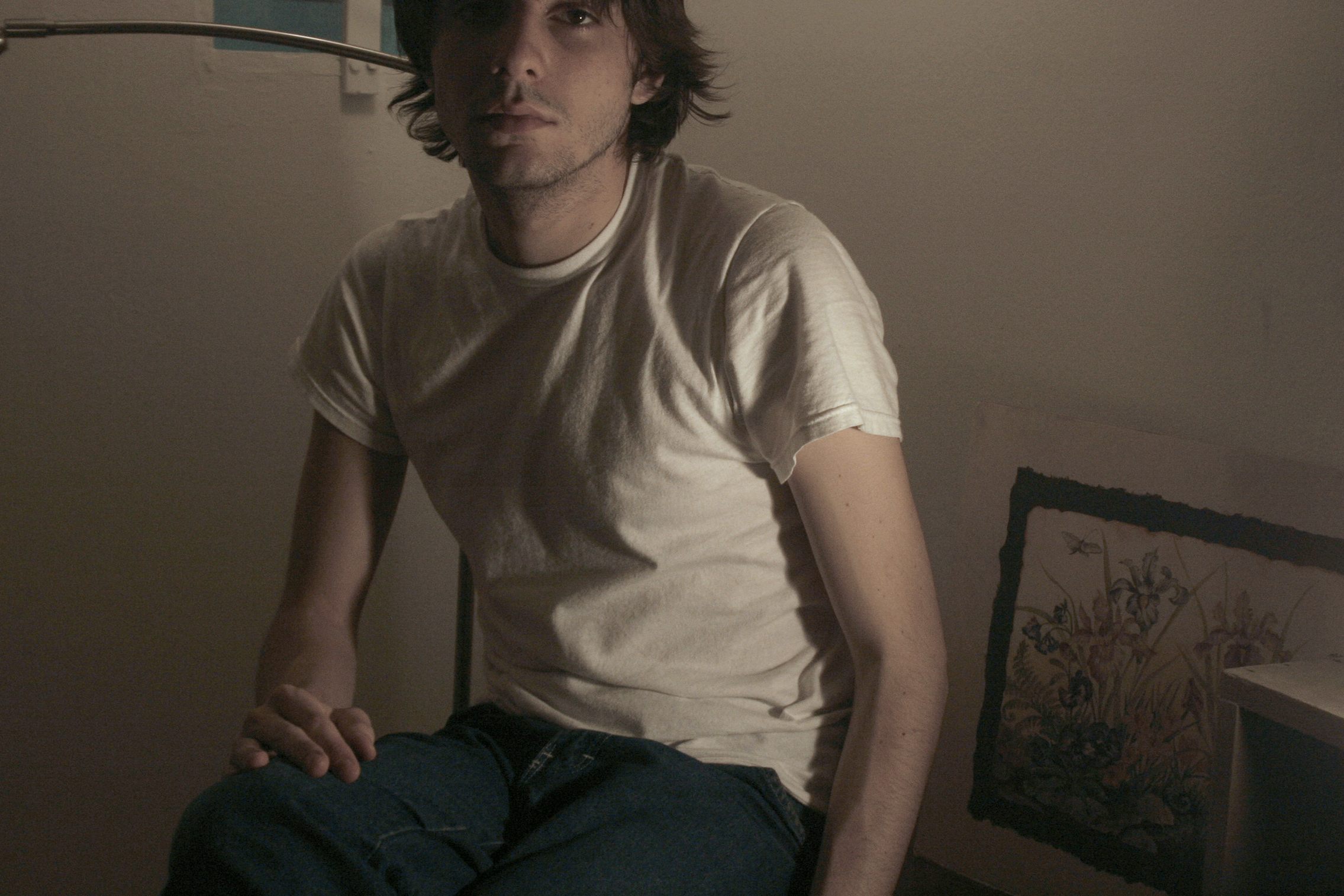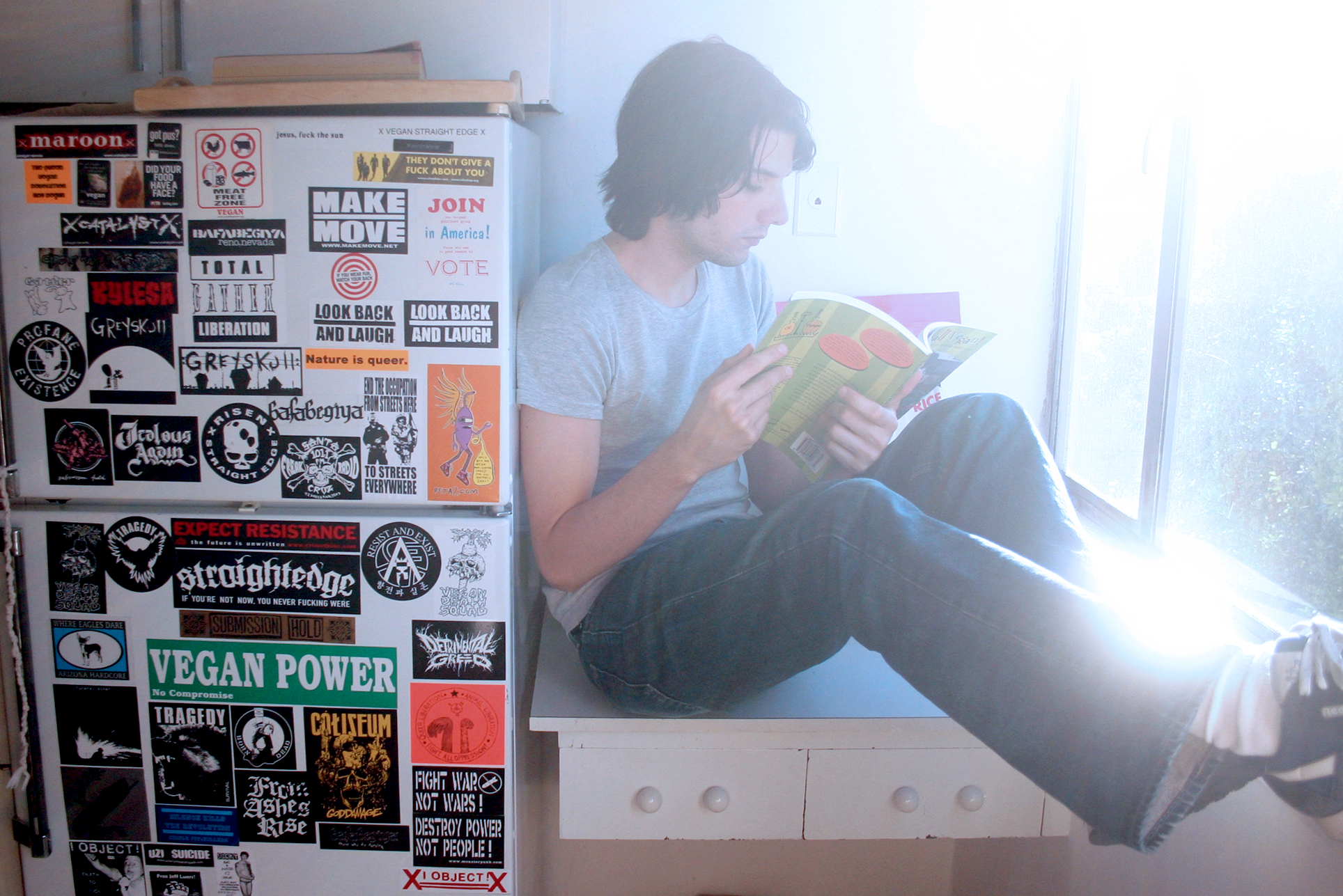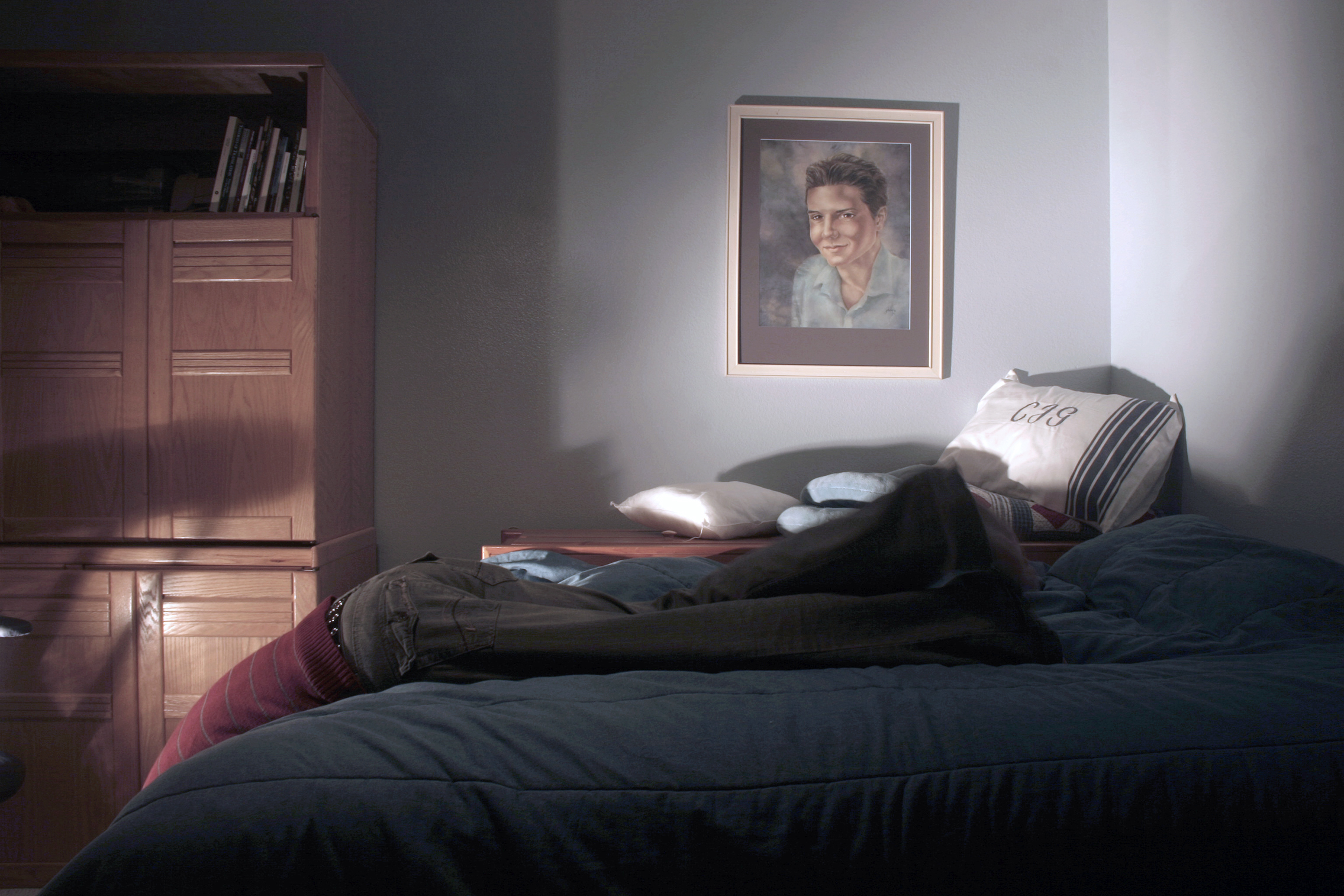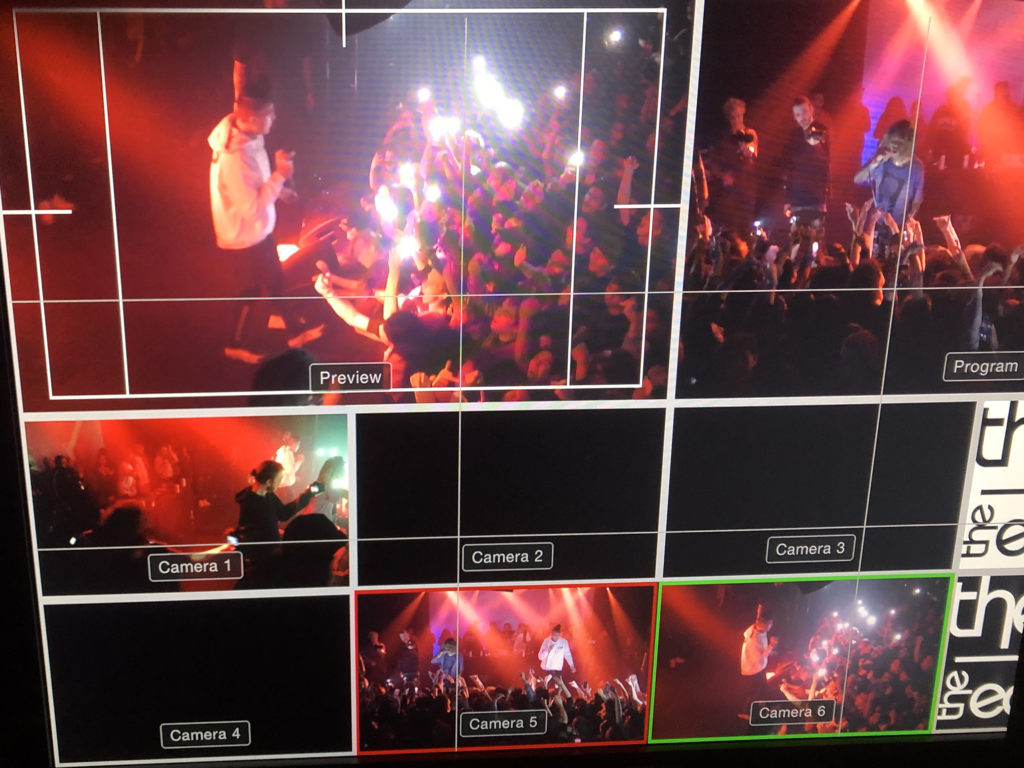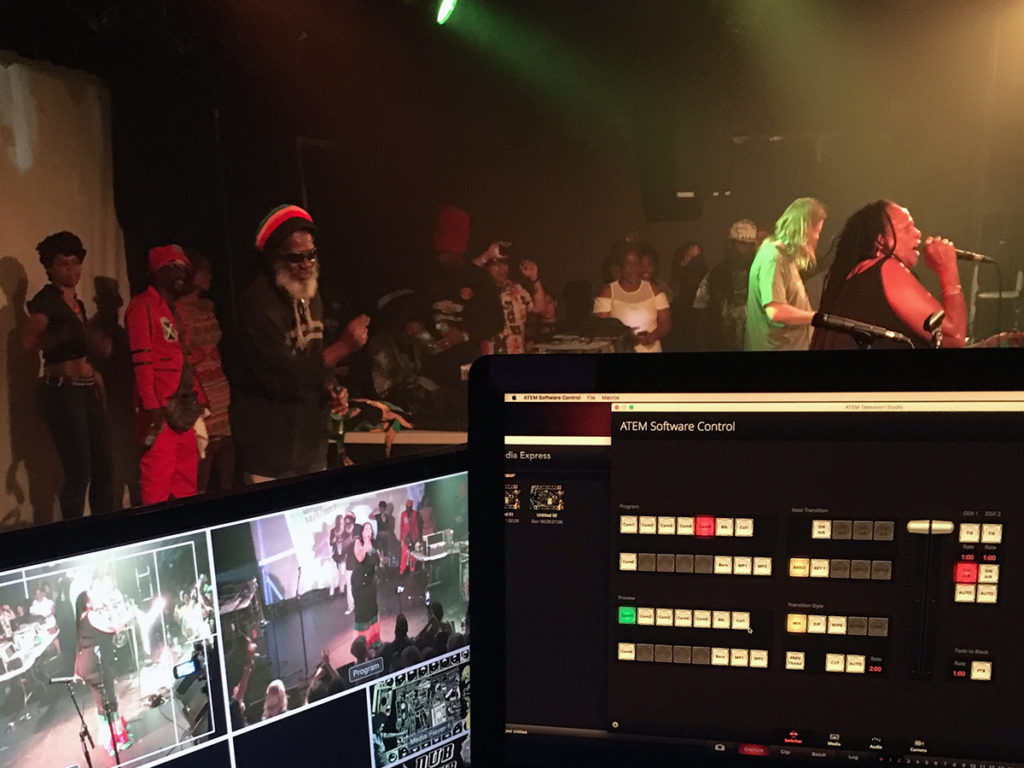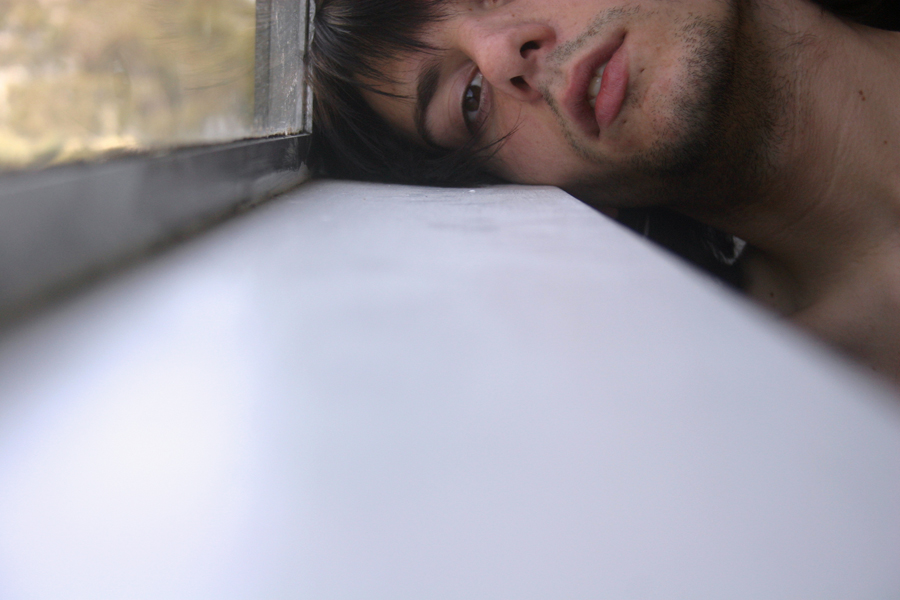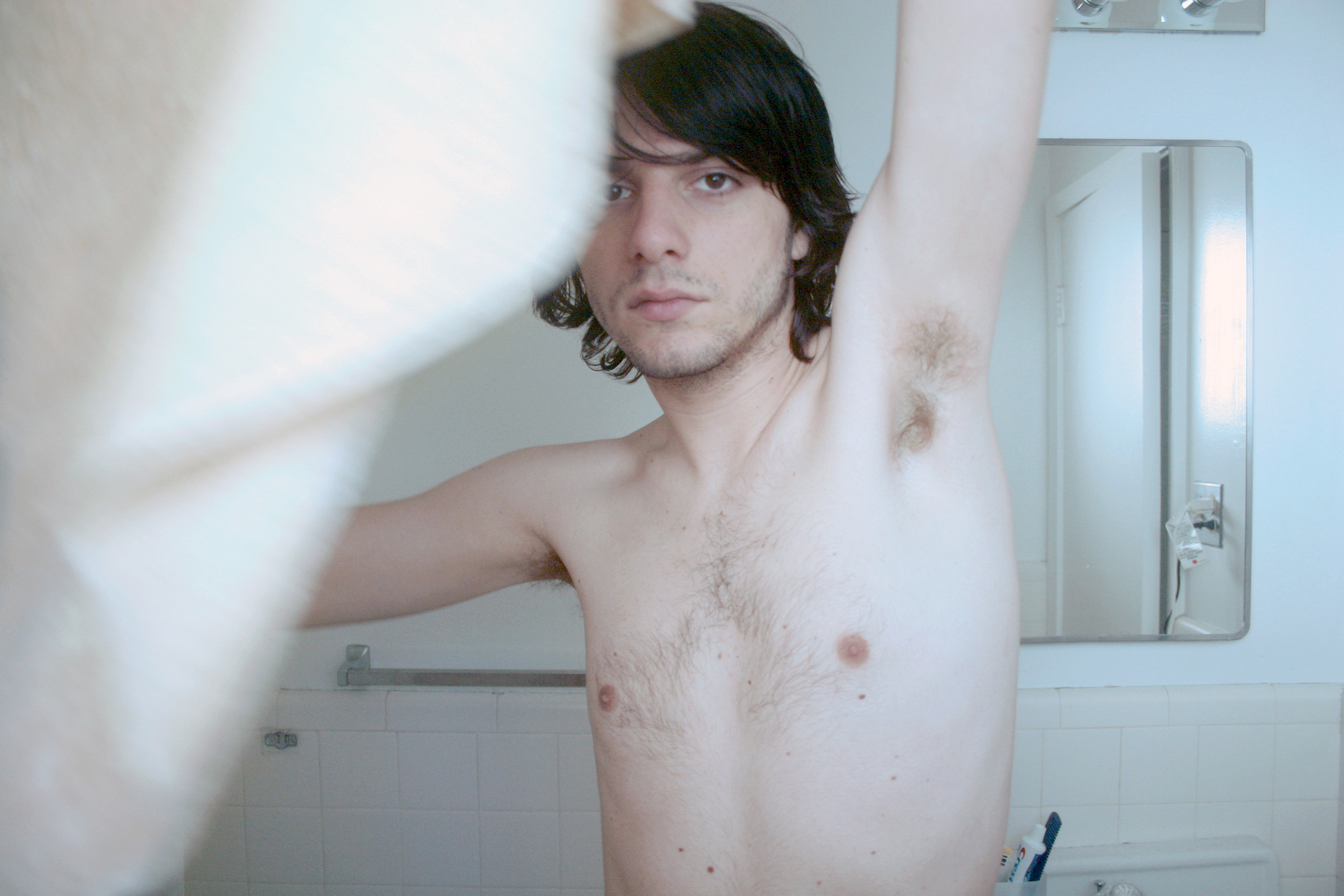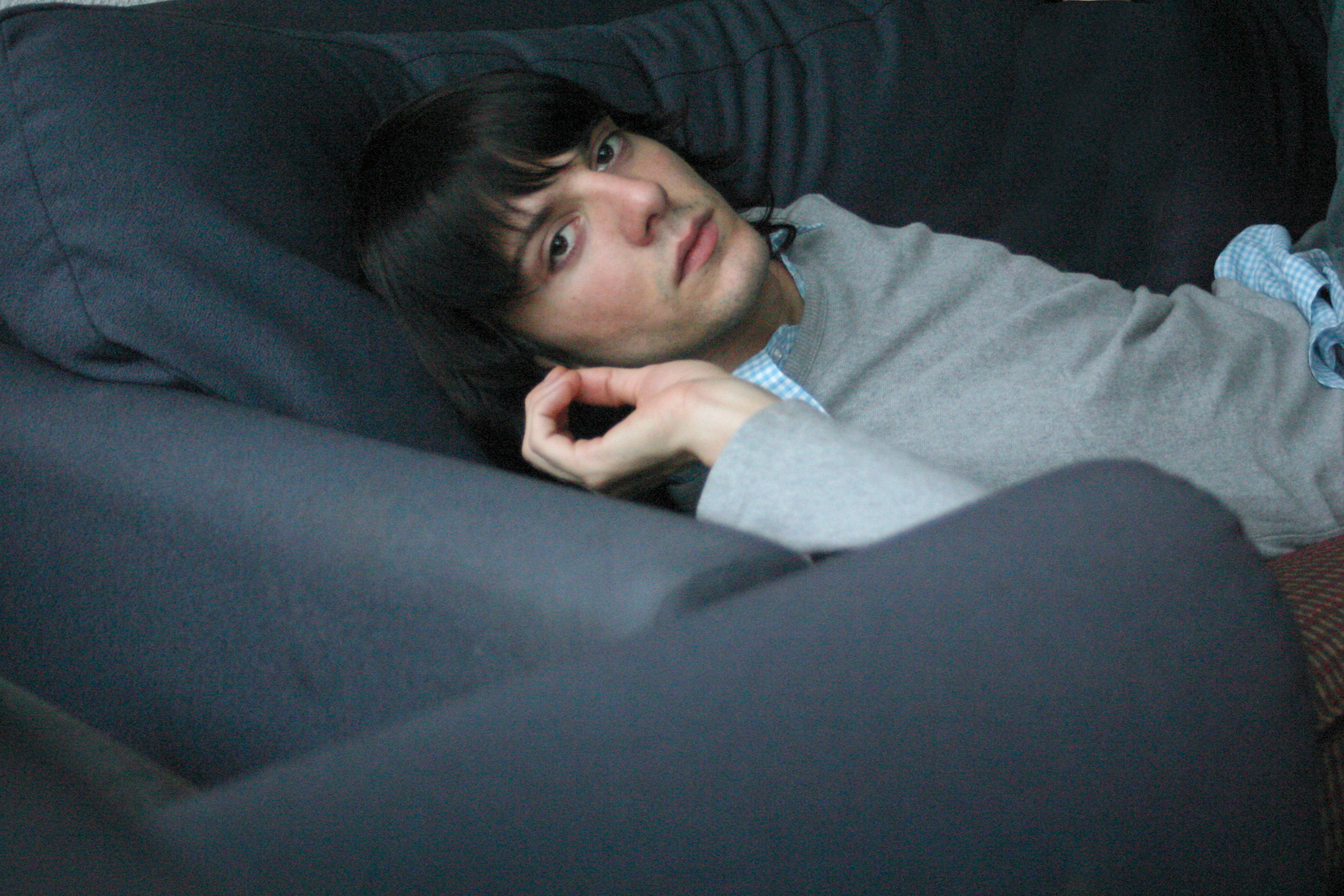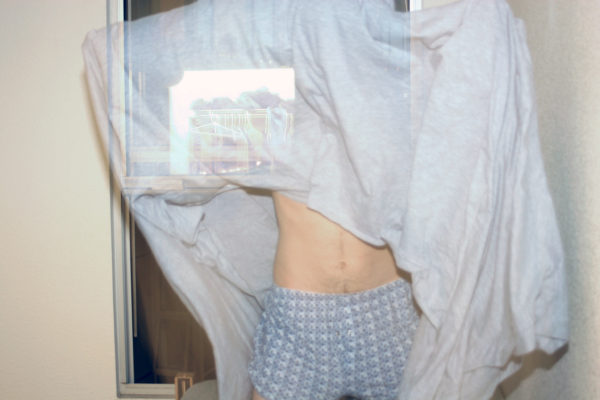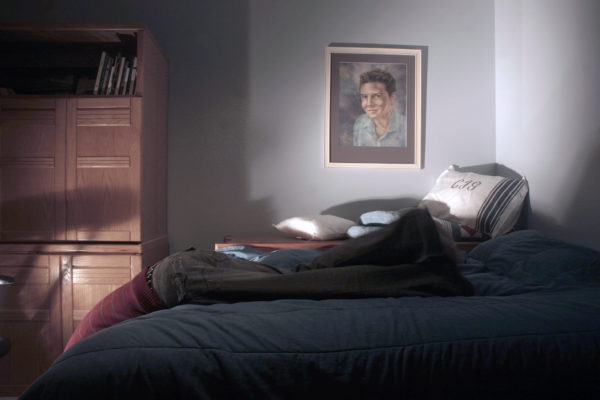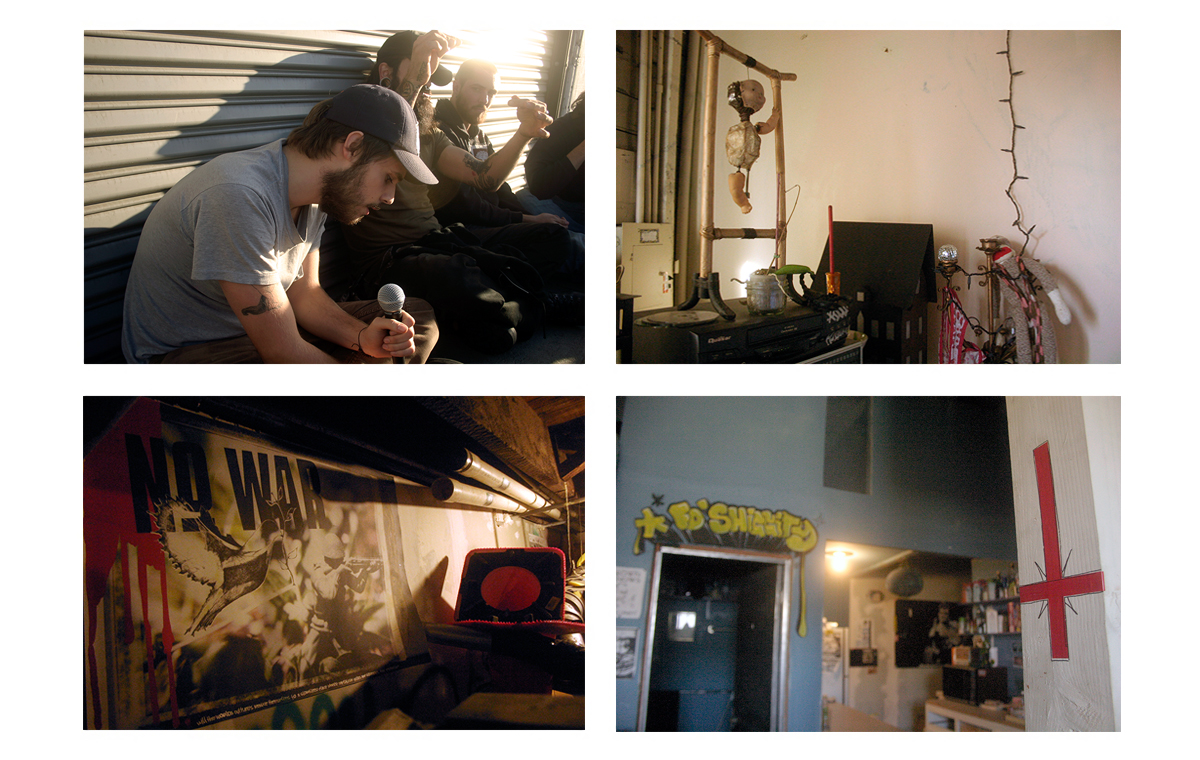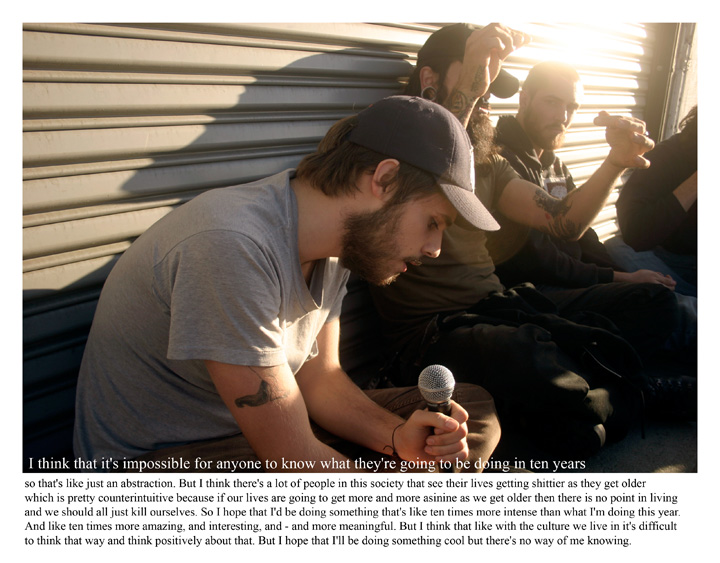Lots of Tattoos: The Present
 I look like an artistic-leaning tattooed gay hipster now. This photo is a retouched selfie taken by me and done by Isaiah Garnica in the not-so-recent past of 2018. I was 35 years old. I was wearing a lace Gianni Versace shirt that I dyed black. It was turned into the identification photo for my Spanish citizenship.
I look like an artistic-leaning tattooed gay hipster now. This photo is a retouched selfie taken by me and done by Isaiah Garnica in the not-so-recent past of 2018. I was 35 years old. I was wearing a lace Gianni Versace shirt that I dyed black. It was turned into the identification photo for my Spanish citizenship.
I am presenting the pretentious selfie as a not-so-pretentious documentary of my past. These selfies began in the early 2000s on MakeOutClub. As a boy in his teens and very early 20s, I had a magical enigmatic presence on the camera that young people seem to carry and lose by their mid-20s.
2000-2003: The First Selfies
What makes a selfie a selfie is that it’s a photo taken of oneself for social media. Many photos of mine were taken on the bed of my San Francisco State dorm around the time when I first got my tripod in 2004 and then on my parents’ old air mattress that I slept on in my Dolores Street apartment in San Francisco. My presence on social media like MySpace made me feel like I had closer friends in New York City than in San Francisco. Before a selfie, this type of self-photography like that of Cindy Sherman had an artistic, poetic, and self-reflective purpose. They’re presented in my photo classes in the early 2000s. I owned a boxy Kodak digital camera (2001 to 2003), then a Canon Rebel Film Camera (2003-2007), then a Canon Rebel Digital Camera (2004 – 2010), then a Canon 7D Camera (2010-2017) and now a Canon 77D (2017 – Present). I developed a lot of 35mm black and white film of myself at the San Francisco State darkroom in my photo classes from Dale Kistemaker. Most of these early photos were seen on MakeOutClub (2000-2003), Friendster (2003-2004), MySpace (2004-2008), and then Facebook (2004 – 2011). I stopped using all social media after that.
Early Social Media
I was interviewed in early 2017 by Karen Lembke, someone who was an internet friend back in the day. She got me interested in thinking about early Social Media. It was about my experience using Makeoutclub. She showed me a screengrab from Page 6 of www.archive.org. She was trying to paint a picture of that early form of social media through people she used to talk to on the internet. Her broader scope was not to find me. But to find another guy she used to communicate with from MOC through me.
The text and picture boxes were the first of many social networking websites that I would become acquainted with on the internet. It was 2001. I was on Page 6 of the ‘boys’ section. It was a major social taboo to have your picture on such a website in high school in the early 2000s. This moment of submitting a webcam photo I had taken and had it displayed for all the internet to see completely changed my life and the years to come.
I discovered the power of having my profile on such a website. It was a relatively fast awareness. The attention I got made me very infamous in high school, and well-liked on the internet.
 I wrote abstract poems and posted blurry images. It was enough to be attractive to people. Jeffree Star and I met on Melodramatic.com otherwise known as Melo in 2003. This is a photo of us at a former high school cheerleader roommate’s house on Melrose in Hollywood in 2004.
I wrote abstract poems and posted blurry images. It was enough to be attractive to people. Jeffree Star and I met on Melodramatic.com otherwise known as Melo in 2003. This is a photo of us at a former high school cheerleader roommate’s house on Melrose in Hollywood in 2004.
The focus on both fronts was a compelling enough reason to continue doing it. There was an eminence about it that I relished. I was still in high school and it was the first time I have ever felt like I was the center of attention. People would talk about me behind my back. Ex-friends would go out of their way to tell people that I was on an emo website. But go further to print and distribute it to others while commenting on my sexuality. It was not one or two people, it was a clique of 20 or 30 teenagers who told the entire school about my gay self and my gay profile!
I felt honored. For the first time, I was not overlooked. People wouldn’t ignore me at parties or think I was a bore whose foolish kindness was masked in social awkwardness. I wasn’t kind. I wanted to be the center of attention all the time. I did not want to be the quiet and moralizing bore who stops his teenage friends from having a fun time of throwing bleach onto strangers’ front lawns, as one of my ex-friends described his character named after me for his creative writing assignment.
I became popular in high school. I was invited to a lot of parties, made new friends, and watched pornography in a packed hummer limo with my new friends, and had the high school prom party at my parents’ house. I fell asleep on the floor while watching the music video to Missy Elliott’s Get Ur Freak On. Everyone else was either asleep like me or skinny dipping in the hot tub outside. I actually went to another prom the very next day in the same black eyeliner, pomade in my bleached hair and purple tie with a girl I met on Makeoutclub.
Conclusion
The selfie represents and misrepresents me. I discovered what I perceived to be myself through the internet because of the selfie. I think it was a window of the way I was feeling at the moment that was reflected by other people. The photos have changed a countless number of times over the years. I felt like a contortionist and have always updated a picture of myself posted somewhere on a social networking website or a blog as the years continued. These pictures have constantly broadcasted my identity to show who or what I have become. Over the past ten years, my social networking and blog pictures have piled up into a myriad of sprawls, facial expressions, different hairstyles, and clothing to demonstrate the changes in my identity and these pictures tell that story.
Christop: The Book of Selfies
http://www.blurb.com/books/2244891
Check out Christop (Blurb, 2011) for all of my boyish pictures from ages 20 to 24.


